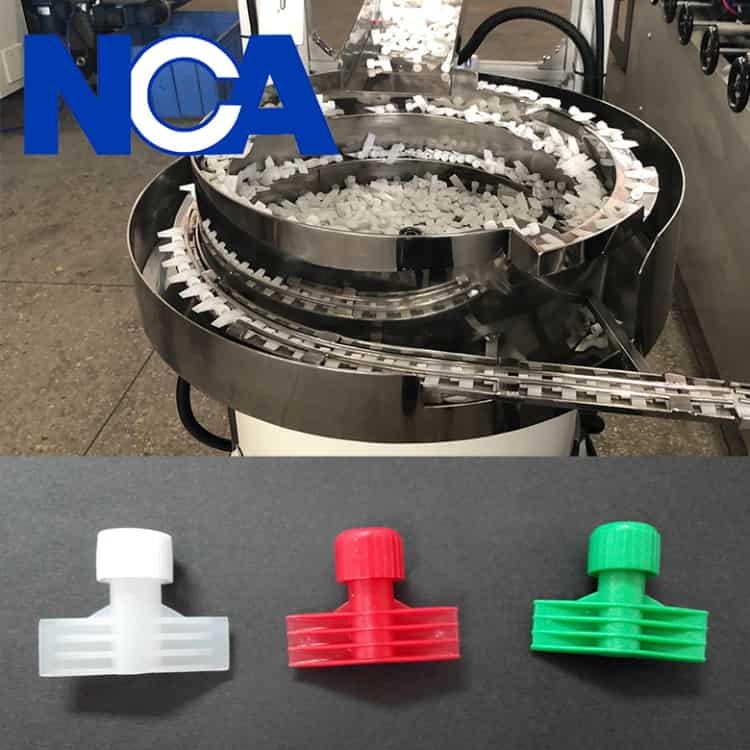Every item on this page was hand-picked by a House Beautiful editor. We may earn commission on some of the items you choose to buy.
Two quick fixes that don't involve calling the plumber. Spout Sealing Machine

Whether it's in your kitchen sink, bathroom, or wet bar, a faucet's primary job is to hold back water until you want it. A high-quality faucet has an average lifetime of 15 years, but many start to leak well before then. Sometimes it's not even an issue with the fixture itself but rather the accompanying pipes or installation. While a leaky faucet is definitely something you can live with, that neverending, annoying drip can slowly drive you nuts—not to mention waste a lot of water. Learning how to fix a leaky faucet is actually easier than you might think.
If you can find the source of the leak, there's really no need to call the plumber. You can usually take care of it in less than an afternoon, unless you need to special order new parts. Ahead, we explain how to fix the two most common types of leaky faucets as well as the products you need to get the job done.
Don't reach for your socket wrench or extra plumbing tape until you turn off the water. If you're taking care of several leaks, you may want to turn off your home's main water line. You can do that by turning off the valve or, if you use a leak detection app, changing the setting. That means washing machines, dishwashers, showers, and toilets will be out of service while you're fixing your faucet. You may want to schedule this repair for a day when the family is mostly out of the house or you don't have very much going on. If you're repairing one faucet, you can turn off the water to that fixture only by turning off the water valves under that sink. Close the drain to ensure no small parts fall through.
According to Home Depot, the most common problem with leaky compression faucets is a worn-out or loose washer or gasket. To fix it, simply disassemble the handle, find the worn-out part, and replace it.
Locate the set screw behind your faucet's handle (or both handles), and remove it using either a screwdriver or Allen wrench. Pull the handle free. Loosen the packing nut with a wrench. Using your hands, carefully pull the parts up and out, setting each piece aside as they come loose.
For easy and safe repairs, it's important to clean and dry your handle's parts with a clean kitchen rag or cloth. Be sure to lay out each piece to dry and to ensure that nothing gets lost.
If you're not sure that the washer is the culprit of the leak, inspect each part and go ahead and replace any that look cracked, worn out, rusty, or just old. Better to replace more than you need to rather than reassemble the whole thing only to realize it still leaks. You can purchase faucet repair kits from most major hardware stores. If you have an older faucet style that has been discontinued, you may be able to find them on Etsy or eBay.
Replace each part in the order you removed them, tightening each nut and screw as you go and taking care not to overtighten them. Replace the handle cover and tighten the set screw that holds everything in place. Voilà! Your compression faucet should now be leakproof and good as new. Turn the water back on and give it a try.
Unlike a compression faucet that relies on washers to control the flow of water, this type of faucet either uses a ceramic disc, a ball, or a cartridge to prevent leaks.
Just as you would with a compression faucet, begin by removing the handle cover and disassemble the inner workings of the faucet's handle. For a cartridge faucet, you may need needle nose pliers to get the retaining clip out. Ball faucets require a toothless wrench to disassemble, while ceramic disk faucets require you to remove the bonnet in order to see the metal disk cover.
Once the faucet is disassembled, inspect each component for wear and damage and replace what's needed.
Once you feel confident in your part swaps, you can reassemble your faucet, turn the water back on, and test for leaks.
Kate McGregor is House Beautiful’s SEO Editor. She has covered everything from curated decor round-ups and shopping guides, to glimpses into the home lives of inspiring creatives, for publications such as ELLE Decor, Domino, and Architectural Digest’s Clever.
How to Winterize Your Sprinkler System
How to Buy a Generator for Your House
How to Winterize a Pool
Are You Ready for the Next Hurricane?
Incandescent Bulbs Are Officially Now Banned
This Upgrade Can Save Your House From Flooding
How to Unclog A Shower Drain Yourself
How to Clean Your Dryer Vent Like a Pro
How to Stop a Light Buzzing
How to Change the Battery in Your Smoke Detector
10 Durable DIY Garage Flooring Ideas
How To Clean Window AC Unit Parts
A Part of Hearst Digital Media
We may earn commission from links on this page, but we only recommend products we back.

Plastic Bag Production Line ©2023 Hearst Magazine Media, Inc. All Rights Reserved.